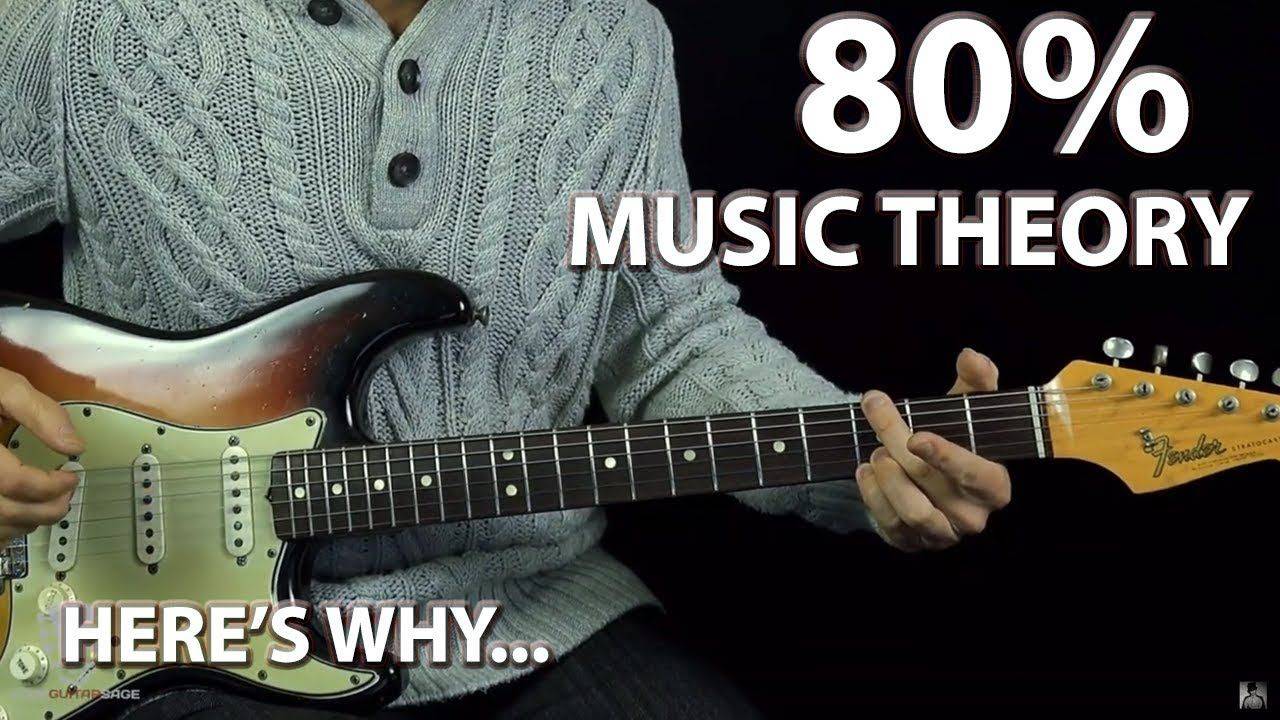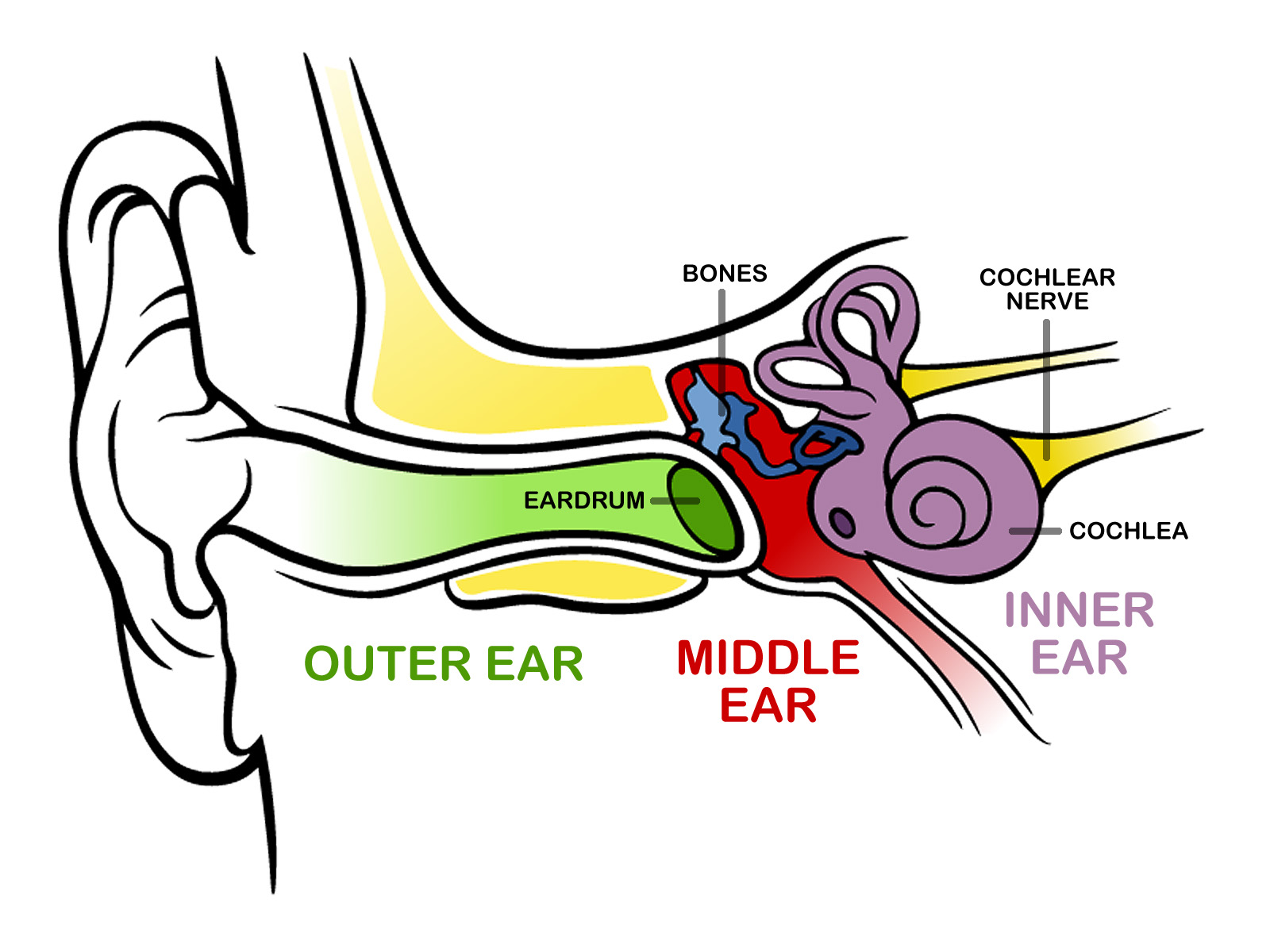Have you ever watched a guitarist seamlessly jamming out, effortlessly playing by ear, and thought to yourself, “How in the world do they do that?” Well, fear not my fellow musical novices, for I am here to reveal the secrets of mastering the art of playing guitar by ear. So grab your air guitar and get ready to unleash your inner rock god (or goddess) – because after reading this article, you’ll be shredding like a pro in no time! Basics of Playing Guitar by Ear”>
Basics of Playing Guitar by Ear”>
Contents
- 1 Understanding the Basics of Playing Guitar by Ear
- 2 Developing an Attuned Ear for Music
- 3 Techniques for Identifying Chords and Notes
- 4 Practice Routines to Enhance Listening Skills
- 5 Incorporating Melody and Harmony by Ear
- 6 Advancing to Complex Songs and Compositions
- 7 Overcoming Common Challenges in Ear Training
- 8 FAQs
- 9 Now go forth and serenade the world with your newfound skills!
Understanding the Basics of Playing Guitar by Ear
So, you wanna be a rockstar, huh? Ready to strum your way to superstardom without ever looking at a single sheet of music? Well, my friend, you’ve come to the right place! Playing guitar by ear is a skill that will set you apart from the average Joe strummer. Let’s dive into the basics and get you shredding like a pro in no time!
First things first, you need to train those ears of yours. No, not to hear your neighbor’s dog barking at 3 AM, but to pick up on the subtle nuances of music. Start by listening to your favorite songs and trying to figure out the chords and melodies on your own. It may sound like a daunting task, but trust me, it’s like riding a bike – except instead of pedals, you have strings!
Next up, familiarize yourself with the basic chords. You know, those magical finger placements that make your guitar sing like a bird. Start with the classic open chords like G, C, D, and E minor. Once you’ve got those down, you can start experimenting with more complex chords like barre chords and power chords. The possibilities are endless!
And finally, practice, practice, practice! Rome wasn’t built in a day, and neither was Jimi Hendrix’s iconic sound. Set aside some time each day to noodle around on your guitar, experimenting with different chord progressions and melodies. Before you know it, you’ll be wowing audiences with your killer guitar skills – all without ever laying eyes on a single piece of sheet music. Rock on, my friend!
Developing an Attuned Ear for Music
So you think you have an attuned ear for music, eh? Well, buckle up, because we’re about to take your auditory senses on a wild ride!
First things first, let’s talk about the importance of really listening to the music. I’m not talking about just casually bobbing your head along to the beat – I’m talking about getting up close and personal with those sweet, sweet melodies. Take the time to truly immerse yourself in the music, picking out all the intricate details that make each song unique.
Next, it’s time to get familiar with different genres of music. Don’t be afraid to step outside of your comfort zone and explore new sounds. Whether it’s classical, jazz, hip-hop, or even polka (hey, don’t knock it ’til you try it), each genre has something unique to offer and can help broaden your musical horizons.
Lastly, practice makes perfect! Challenge yourself by trying to identify different instruments, vocal techniques, or even time signatures in a song. Create a playlist with a mix of songs and see if you can pick out the subtle differences between each track. The more you train your ear, the more finely tuned it will become.
 Chords and Notes”>
Chords and Notes”>
Techniques for Identifying Chords and Notes
So you want to be a master of identifying chords and notes, huh? Well, you’ve come to the right place! Let me fill you in on some top-secret techniques that will have you recognizing musical sounds faster than you can say “sharps and flats.”
First off, let’s talk about using your ears. **Listening** is key when it comes to identifying chords and notes. Train your ears by listening to different types of music and trying to pick out the individual notes and chords. Pretty soon, you’ll be able to identify a major chord from a minor chord with your eyes closed (literally, if you want to impress your friends).
Next up, let’s chat about **musical theory**. Understanding the basics of music theory can go a long way in helping you identify chords and notes. Learn about scales, intervals, and chord progressions to give yourself a solid foundation. Trust me, knowing your musical theory will make identifying chords and notes a breeze.
Lastly, don’t forget to **practice, practice, practice**. The more you work at identifying chords and notes, the better you’ll become. Challenge yourself by listening to different genres of music or testing yourself with online quizzes. Before you know it, you’ll be the go-to person for all things musical in your friend group.
 Practice Routines to Enhance Listening Skills”>
Practice Routines to Enhance Listening Skills”>
Practice Routines to Enhance Listening Skills
Do you ever feel like your ears are just for show? Like they’re there to frame your face and not actually serve any functional purpose? Well, fear not! I’ve got some practice routines that will take your listening skills from zero to hero in no time!
First up, we’ve got the classic game of “Simon Says.” Yes, that’s right, we’re taking it back to elementary school. Gather your friends, family, or even just your pets, and play a rousing game of Simon Says. Not only will you have a blast, but you’ll also be honing your listening skills like a champ.
Next, let’s try some meditation. I know, I know, it sounds all zen and serious, but trust me, it’s a great way to improve your listening abilities. Find a quiet spot, sit or lie down comfortably, and focus on the sounds around you. Listen to the birds chirping, the wind rustling through the trees, or even just the hum of your refrigerator. Not only will you feel more relaxed, but you’ll also be training your ears to pick up on subtle sounds.
Lastly, let’s get up and move! Dance classes are not only a fantastic workout, but they’re also a fantastic way to enhance your listening skills. Pay attention to the beat of the music, the rhythm of the steps, and the cues from your instructor. You’ll be grooving like a pro in no time!

Incorporating Melody and Harmony by Ear
Ever wanted to impress your friends by spontaneously breaking out into a beautiful melody? Or maybe you dream of jamming with a band and seamlessly blending your harmony with the music? Well, look no further because we’re here to help you master the art of !
Forget about those boring old sheet music and complicated music theory classes – we’re all about tuning into your inner musical genius and letting your ears lead the way. With a dash of creativity and a sprinkle of imagination, you’ll be composing your own tunes in no time!
Here are a few tips to get you started on your journey to becoming the ultimate ear musician:
- Listen, listen, listen! Take the time to really absorb the music around you – from your favorite songs on the radio to the birds chirping outside your window. Pay attention to the melodies and harmonies that catch your ear and try to replicate them in your own unique way.
- Experiment with different sounds. Don’t be afraid to play around with different instruments and vocal techniques to discover your own musical style. You never know what magical combination of melody and harmony you might stumble upon!
- Practice, practice, practice! Like any skill, mastering melody and harmony by ear takes time and dedication. Set aside some time each day to play around with different musical ideas and don’t be afraid to make mistakes – that’s all part of the learning process!
Advancing to Complex Songs and Compositions
So you’ve mastered the basics and conquered those simple tunes – congratulations! It’s time to level up and tackle some more complex songs and compositions. Prepare to have your fingers dancing across the keys like never before!
Here are a few tips to help you on your journey to musical greatness:
- Challenge yourself with pieces that have intricate melodies and harmonies
- Experiment with different time signatures to keep things interesting
- Don’t be afraid to get creative – add your own flair to the music
Remember, the road to mastering complex songs and compositions may be a bumpy one, but the rewards are well worth it. Keep practicing, stay determined, and soon enough you’ll be wowing audiences with your musical prowess!
Overcoming Common Challenges in Ear Training
When it comes to ear training, we all face our own unique set of challenges. Whether you struggle with identifying intervals, distinguishing between different chords, or simply can’t seem to hear the notes accurately, rest assured that you are not alone. But fear not, for there are ways to overcome these common hurdles and improve your musical ear.
One effective strategy is to practice regularly. Dedicate some time each day to listening to different musical pieces and trying to identify certain elements, such as melody, harmony, and rhythm. Consistency is key, so make sure to stick to your practice routine even when you feel like throwing in the towel.
Another helpful tip is to utilize technology to aid in your ear training. There are plenty of apps and online tools available that can help you practice identifying intervals, chords, and scales. Take advantage of these resources to supplement your learning and make the process more engaging.
Lastly, don’t be too hard on yourself if you don’t see immediate progress. Remember that ear training is a skill that takes time and patience to develop. Celebrate small victories along the way and keep pushing forward, knowing that with determination and persistence, you will eventually conquer those pesky ear training challenges.
FAQs
What is the key to playing guitar by ear?
The key is to develop your listening skills by frequently listening to music and trying to play along with different songs. This will help train your ears to recognize different chords, progressions, and melodies.
How can I improve my ability to pick out chords and melodies by ear?
One way to improve is by practicing playing along with songs you like without looking at tablature or sheet music. Try to figure out the key of the song and then work on identifying the chords and melodies by ear.
Is it important to have a good understanding of music theory to play guitar by ear?
While having a basic understanding of music theory can be helpful, it is not necessary to play guitar by ear. Many great musicians have developed their ear-playing skills through practice and experimentation without formal music theory training.
What are some tips for learning to play guitar by ear?
Some tips include starting by learning to play simple songs, using visualization techniques to help identify chords and melodies, and practicing regularly to improve your listening skills.
Can anyone learn to play guitar by ear, or is it a special talent?
Anyone can learn to play guitar by ear with practice and dedication. While some people may have a natural talent for ear-playing, most musicians develop this skill over time through consistent practice and experimentation.
Now go forth and serenade the world with your newfound skills!
Congratulations, you’ve now unlocked the secrets of playing guitar by ear! No longer will you be bound by boring sheet music or tedious lessons. Let your fingers dance across the strings and let your soul sing through your instrument.
Remember, practice makes perfect so don’t be afraid to make a few mistakes along the way. Embrace the wrong notes and turn them into beautiful melodies. The world is your stage, so go out there and rock on!



